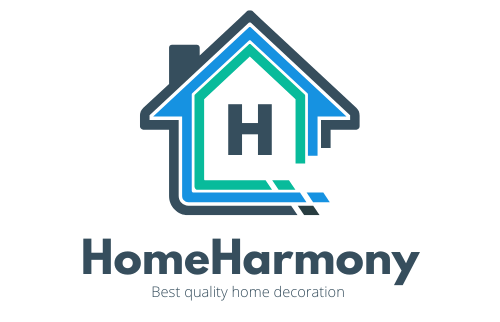Luxury Home Theaters with Stadium Seating
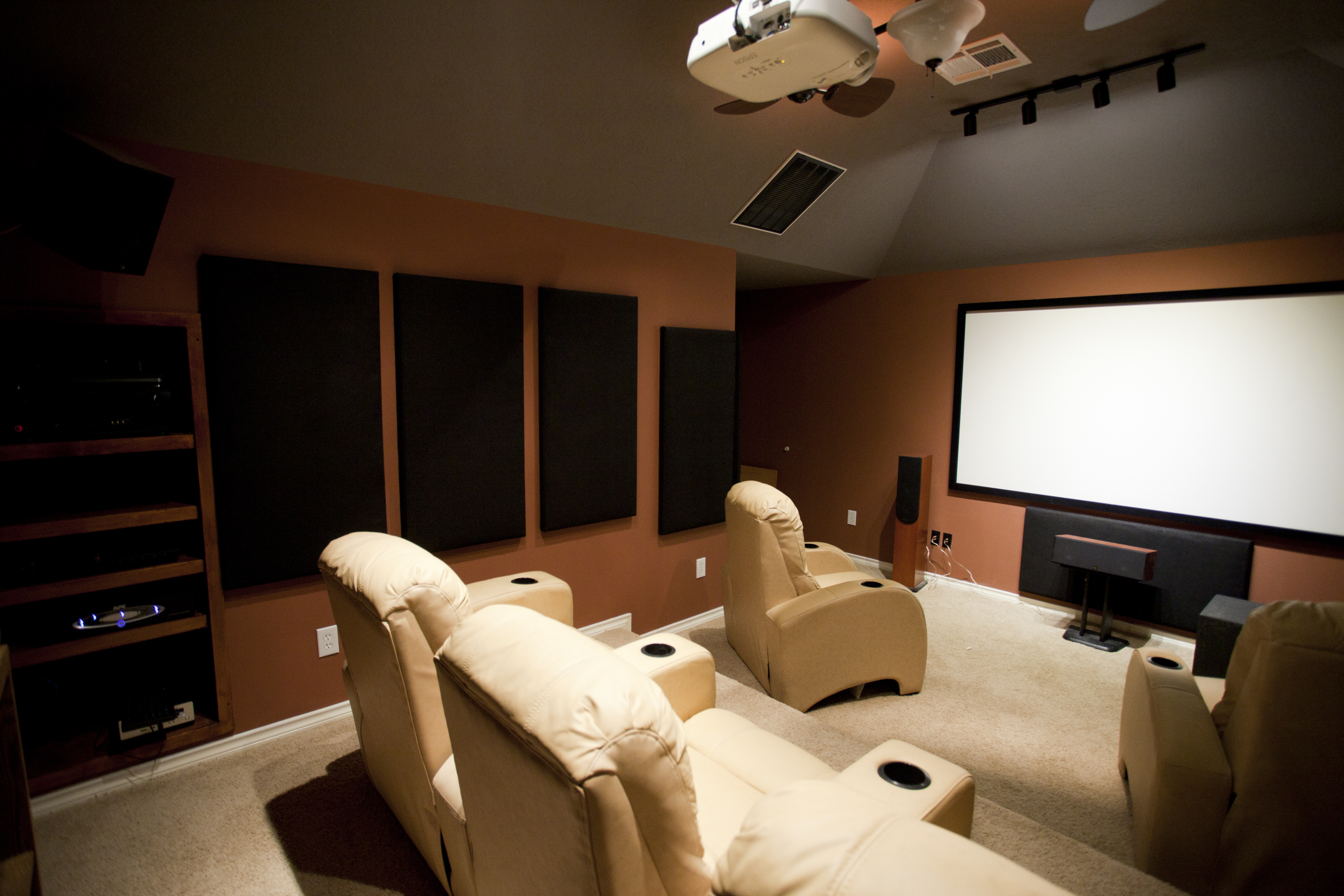
Creating a home theater with stadium seating, surround sound, and a professional projector seems like a dream come true for movie lovers. However, most families rarely use such a room often enough to justify the investment. According to the National Association of Home Builders, the average cost for a professional home theater can exceed $50,000. For many, a large flat-screen TV and a comfortable sofa provide more than enough entertainment. Even with streaming services offering the latest movies, people tend to watch in common living spaces rather than a separate cinema-style room. The equipment can also become outdated quickly, making the upgrade feel less valuable over time. Unless you regularly host large viewing parties, this level of home theater is usually more of a status symbol than a necessity. Most guests are impressed by a cozy movie night without all the bells and whistles.
Smart Refrigerators with Internet Screens

Smart refrigerators now come with built-in touchscreens, cameras, and Wi-Fi connectivity, letting you check contents from your phone or stream recipes while you cook. While they look futuristic, studies from Consumer Reports show that these fridges are prone to more repairs and software glitches than traditional models. The average smart refrigerator costs more than double that of a regular energy-efficient fridge. Most families end up using only a few of the smart features, like temperature control or basic reminders. When repairs are needed, specialized parts and service fees can be expensive. For most homes, a reliable and efficient refrigerator is all you need. Overcomplicating a simple appliance often leads to frustration rather than convenience.
Wine Cellars with Climate Control

A custom wine cellar, complete with climate control and custom racks, might appeal to serious collectors. However, the National Association of Realtors found that only a small percentage of homebuyers consider wine cellars a must-have feature. Installing a wine cellar easily costs upwards of $15,000, with ongoing expenses for temperature and humidity control. Most people don’t stock enough bottles to require such a sophisticated storage solution. For occasional wine drinkers, a small wine fridge or rack in the kitchen is more than enough. The space and money spent on a wine cellar could be used for more practical upgrades. Unless you have a substantial collection or entertain frequently, this upgrade tends to be more show than substance.
Professional-Grade Kitchen Appliances

It’s tempting to fill your kitchen with top-of-the-line appliances like a six-burner range, built-in espresso machine, and massive double ovens. According to Houzz’s 2023 Kitchen Trends Study, professional appliances are among the most expensive upgrades but don’t necessarily add equivalent value to your home. Unless you cook for large groups on a daily basis, most home chefs never use all the features. These appliances can also cost more to repair and maintain, with replacement parts harder to find. Energy consumption is often higher, too. For most households, high-quality but standard appliances deliver all the performance needed for family meals and casual gatherings. Overkill kitchen upgrades often impress guests more than they improve everyday life.
Swimming Pools and Hot Tubs
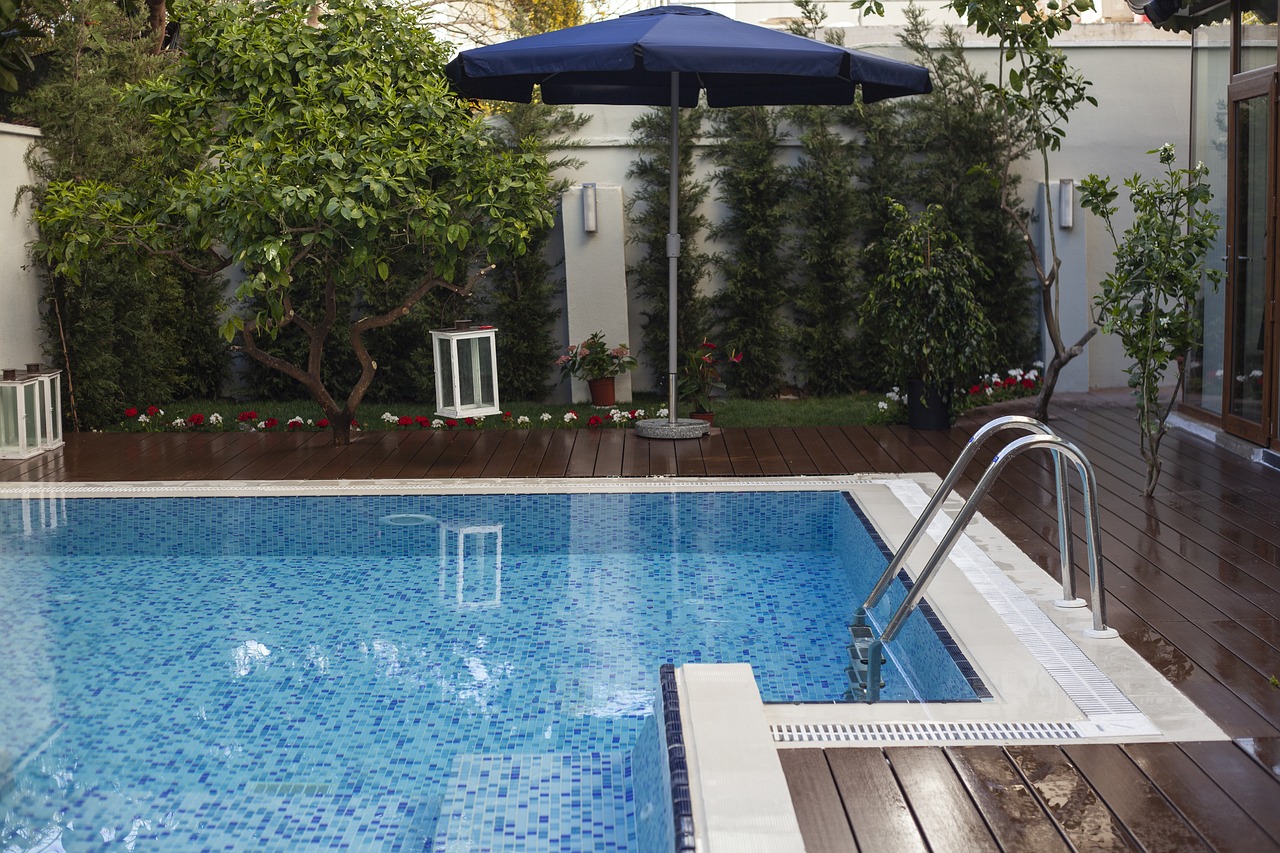
A backyard pool seems like the ultimate home luxury, but the reality is more complicated. The Association of Pool & Spa Professionals notes that a standard in-ground pool costs between $35,000 and $65,000 to install, plus ongoing maintenance, insurance, and utility bills. In cooler climates, pools go unused for much of the year. Many buyers see pools as a liability rather than an asset because of upkeep and safety concerns. Hot tubs, while cheaper, also require regular cleaning and repairs. Real estate agents report that homes with pools often take longer to sell in certain markets. For most families, a well-landscaped yard and a simple patio provide more enjoyment for a fraction of the cost.
Central Vacuum Systems

Central vacuum systems promise powerful cleaning without lugging around a heavy vacuum. While convenient, the installation typically costs between $1,500 and $3,000. Consumer Reports points out that most modern portable vacuums offer excellent suction, are lightweight, and much more affordable. The built-in hoses and wall inlets of central systems can clog, requiring specialized service. Many homeowners report they don’t use the system as much as expected and default back to their handheld vacuum for quick cleanups. For smaller homes or apartments, central vacuum systems are especially unnecessary. A quality cordless vacuum is often more than sufficient for everyday cleaning.
Smart Home Automation for Everything
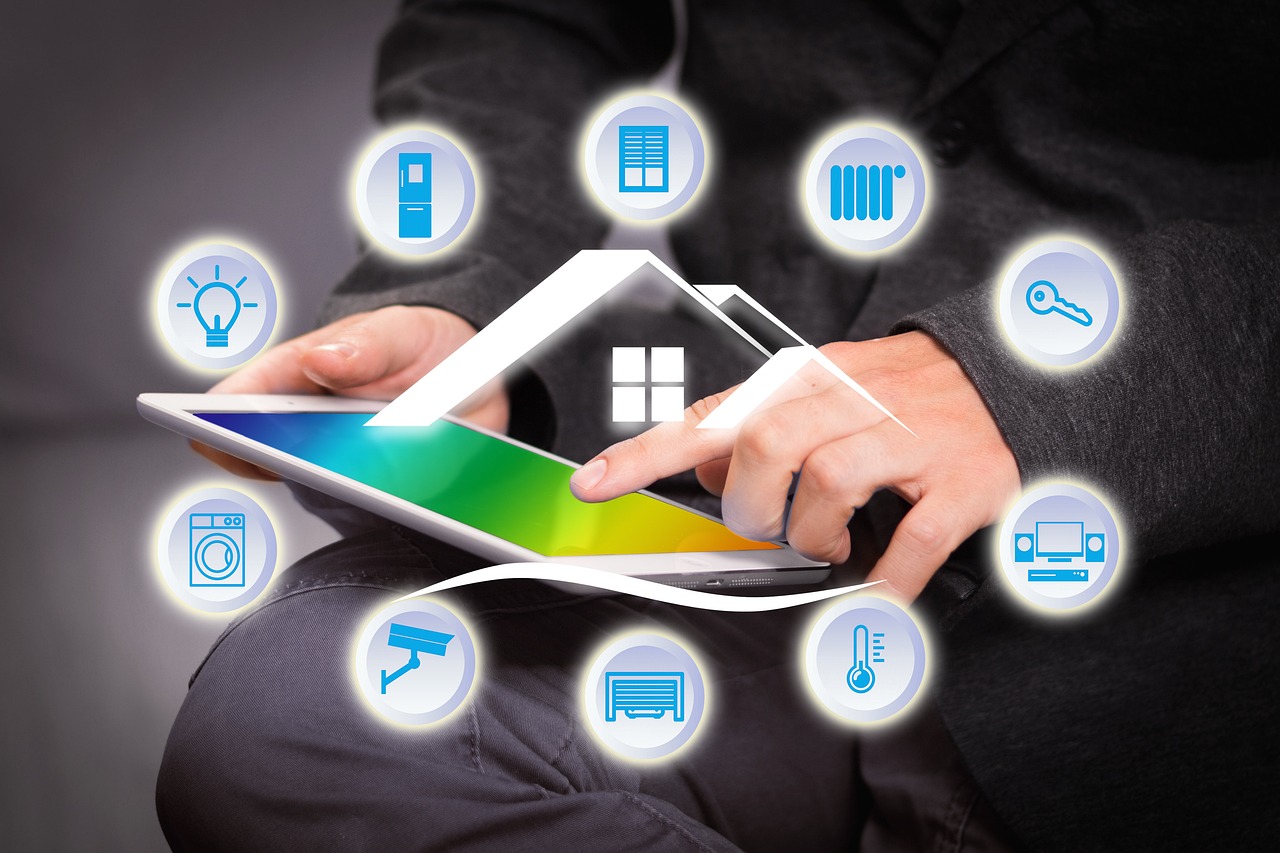
Whole-home automation systems can control lights, blinds, security, and even your coffee maker from an app or voice assistant. While these systems are becoming more common, setting up full automation can cost $10,000 or more, according to Statista’s 2023 smart home market report. Many people end up using only a few features, like smart thermostats or video doorbells. The rest of the system often goes untouched, and software updates or compatibility issues can cause frustration. Simpler smart devices offer much of the same convenience without the huge price tag. For most families, automating every single aspect of home life is unnecessary and can even make things more complicated.
Imported Marbles and Exotic Flooring
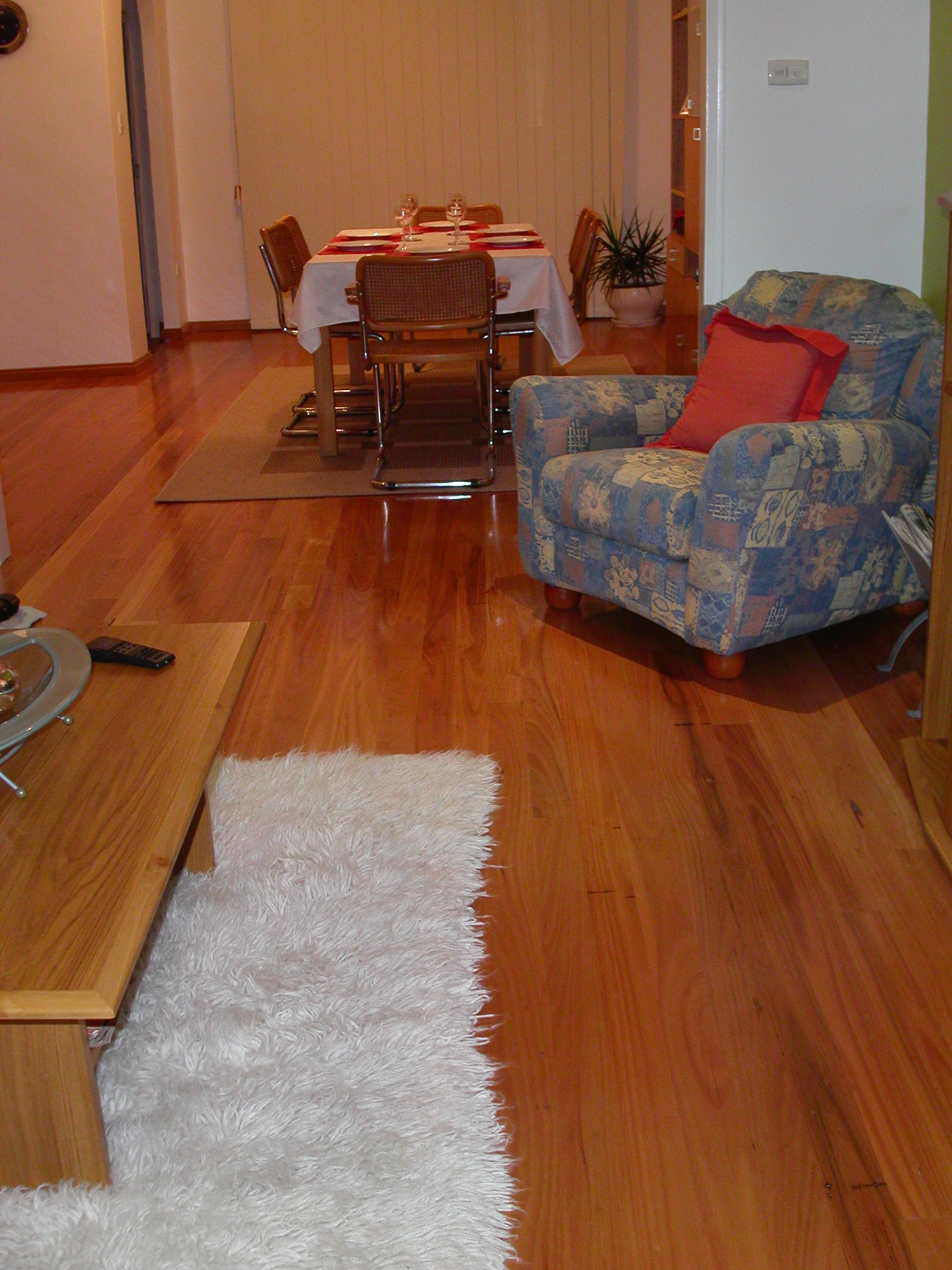
Installing imported marble, rare hardwoods, or other exotic materials can create a stunning visual effect in your home. However, Remodeling Magazine’s Cost vs. Value report shows these upgrades rarely recover their cost at resale. Exotic floors can be very expensive to install and maintain, often requiring special cleaning products or climate control. Everyday wear and tear can quickly diminish their beauty, especially in homes with kids or pets. Buyers may not share your taste and could see the floors as an expensive hassle to replace. For most people, durable and attractive standard flooring options are a smarter investment. Over-the-top materials often end up being more trouble than they’re worth.
Saunas and Steam Rooms

Adding a private sauna or steam room might sound like a spa-worthy treat. The average installation costs anywhere from $3,000 to $10,000, not including increased energy and water bills. According to Zillow, homes with saunas don’t typically sell for more than similar homes without them. Unless you have a specific health need or use it regularly, most people quickly tire of the novelty. Maintenance can be a headache, with special cleaning and the risk of mold or damage from humidity. A gym membership or occasional spa visit is usually a more practical way to enjoy these luxuries. In most homes, the space could be put to better use.
Built-In Fish Tanks and Aquariums
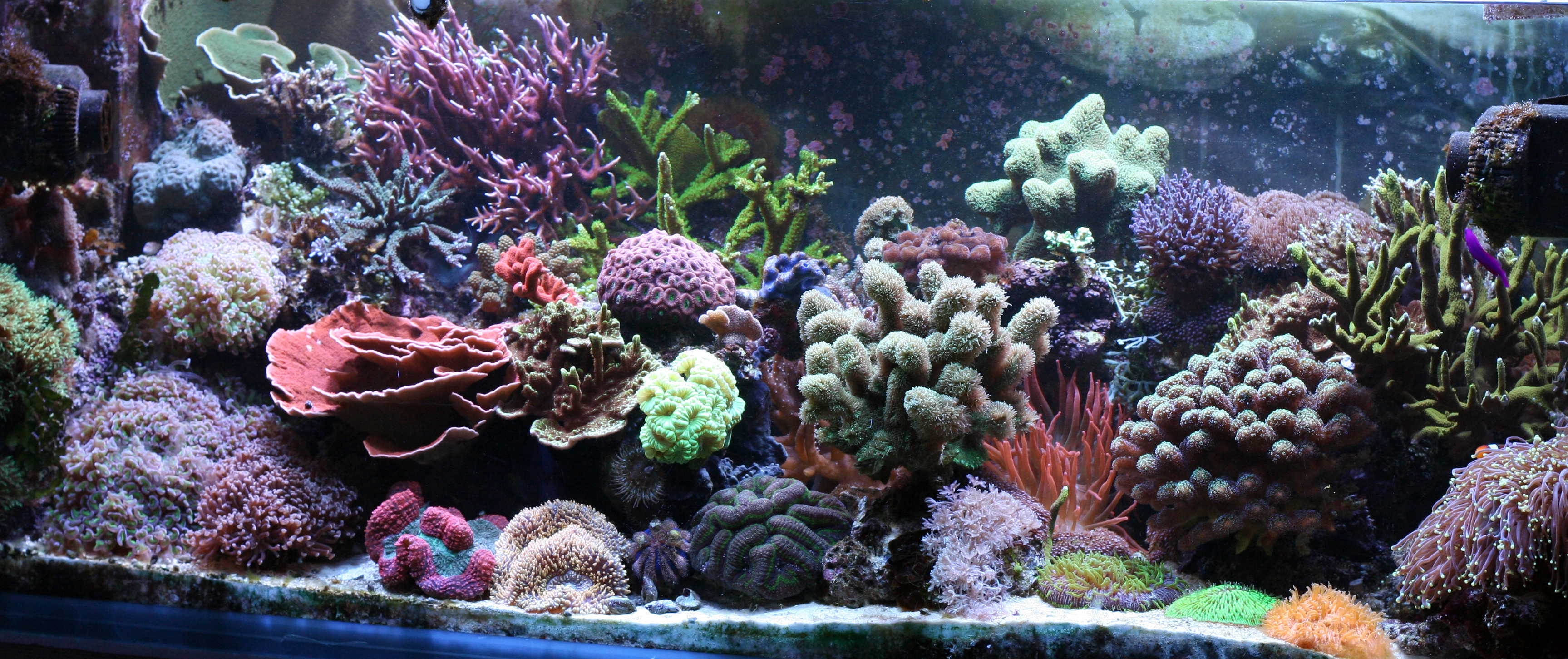
Built-in aquariums add a striking focal point to any room, but they come with hefty price tags and ongoing maintenance. Installing a large, custom aquarium can easily cost $10,000 or more, with monthly costs for water, electricity, and fish care. According to the American Pet Products Association, many aquarium owners eventually scale back due to the work involved. If the tank isn’t meticulously maintained, it can become an eyesore rather than a highlight. Repairs can also mean tearing into walls or cabinetry. Most families find that a smaller, freestanding aquarium delivers all the enjoyment with none of the complications. For most homes, built-in aquariums are a beautiful but unnecessary extravagance.

Matthias is a skilled author and digital storyteller with a focus on travel journalism, environmental issues, and modern home design. With a background in communications and a passion for global cultures, Matthias crafts engaging narratives that blend real-world exploration with thoughtful analysis and visual flair.
His writing reflects a deep interest in how climate change shapes our lives and lifestyles—from sustainable travel practices to eco-friendly living environments. Known for his clear, approachable voice and sharp editorial instincts, Matthias delivers content that resonates with readers seeking both inspiration and substance.
Whether reporting from remote destinations, breaking down sustainable design trends, or spotlighting innovative green initiatives, Matthias brings a global perspective and an eye for detail to every piece. He regularly contributes to web platforms and editorial projects that aim to foster awareness, creativity, and conscious living.
